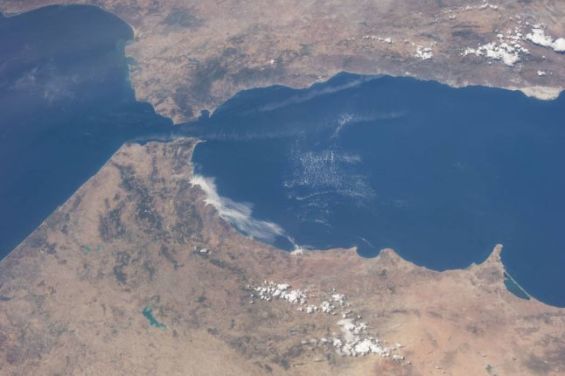A new study published in Geo Science World suggests a potential reactivation of the subduction zone located between Morocco and Spain, impacting the region's geological features.
Subduction zones are areas where one tectonic plate dives beneath another, essentially recycling old ocean floor into the Earth's interior. The Atlantic Ocean possesses several subduction zones, one of which lies precisely between Morocco and Spain.
This research, titled «Gibraltar subduction zone is invading the Atlantic», suggests that this specific subduction zone, known as the Gibraltar Arc, could soon become active again, potentially influencing the convergence of Europe and Africa.
Utilizing advanced computer models, researchers from the University of Lisbon concluded that the Gibraltar Arc is contributing to the shrinking and closure of the Mediterranean Sea.
A change in the region's geological features
In simpler terms, the Gibraltar Arc is pushing into the Atlantic, similar to how other subduction zones behave. While previous studies suggested the zone was no longer active due to slowed movement, these new models indicate it might be experiencing a temporary pause before resuming its push westward.
The models further illustrate how subduction zones can potentially migrate from closing oceans (like the Mediterranean) into expanding ones (like the Atlantic).
«There are two other subduction zones in the Atlantic, the Lesser Antilles in the Caribbean and the Scotia Arc near Antarctica», explains João Duarte, lead author of the study. «However, these zones 'invaded' the Atlantic millions of years ago. Studying the Gibraltar Arc presents a valuable opportunity to observe this process in its early stages, as it unfolds».
This «subduction invasion» theory posits a potential common mechanism for the formation of new subduction zones in Atlantic-type oceans. Understanding this process offers valuable insights into how our planet's geology evolves over vast timescales.





 chargement...
chargement...












